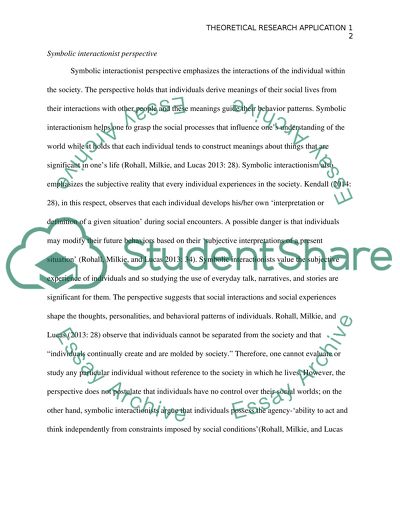Cite this document
(“Theoretical-Research Application1 Research Paper”, n.d.)
Retrieved from https://studentshare.org/sociology/1662453-theoretical-research-application1
Retrieved from https://studentshare.org/sociology/1662453-theoretical-research-application1
(Theoretical-Research Application1 Research Paper)
https://studentshare.org/sociology/1662453-theoretical-research-application1.
https://studentshare.org/sociology/1662453-theoretical-research-application1.
“Theoretical-Research Application1 Research Paper”, n.d. https://studentshare.org/sociology/1662453-theoretical-research-application1.


